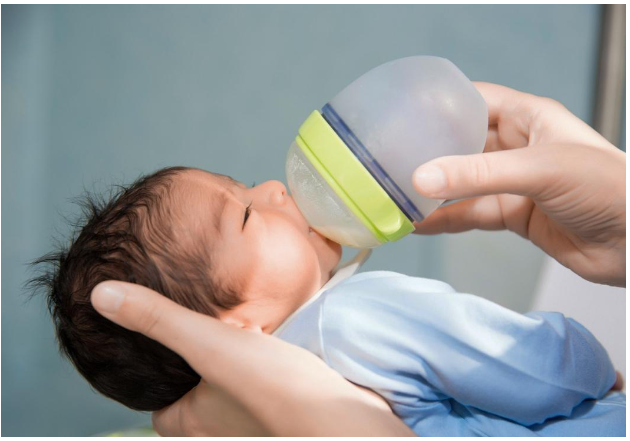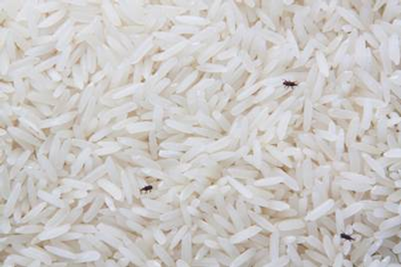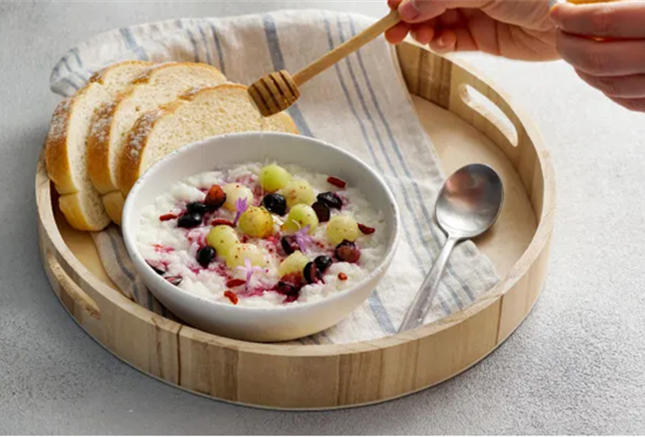What is Cronobacter? Why is it a concern?
Cronobacter is a type of bacteria that can survive in dry environments, such as powdered infant formula, for months.
The bacteria is especially dangerous for people with weak immune systems, including newborns. Infants less than four weeks old, born prematurely or with compromised immunity are especially susceptible to Cronobacter infection.
Cronobacter infection can lead to fatal diseases like meningitis, the swelling of the protective membranes covering the brain and spinal cord. It can also cause sepsis, an overreaction to infection that can lead to tissue and organ damage.
Cronobacter can be killed by heat. Experts recommend using hot water of at least 70°C to prepare the infant formula as this will kill the bacteria present.
How does Cronobacter get into powdered infant formula?
Cronobacter can live on contaminated surfaces in the manufacturing establishment, at home, contaminated raw materials, water or utensils.
During production, Cronobacter contamination can be due to poor manufacturing practices such as the infant formula touching a contaminated surface.
Cronobacter contamination can occur at home too. Improper storage, placing of lids or scoops on contaminated surfaces or using contaminated bottles can cause Cronobacter contamination.
How does SFA ensure infant formula is safe for consumption?
SFA ensures both imported and locally-manufactured infant formula meet safety requirements through inspection, surveillance, and sampling.
Imported infant formula must be accompanied by documentary proof that they were manufactured in a factory regulated by overseas food safety authorities and a health certificate attesting that the formula has been pasteurised. The importer must also provide laboratory test reports every six months to show that the infant formula is safe.
I’m using infant formula. What can I do to minimise the risk of Cronobacter infection for my children?
Make sure the product is not expired, recalled, or in a damaged container.
During preparation and feeding, ensure that hands, working surfaces, and items used for feeding baby (e.g. milk bottles, pacifiers) are properly sanitised.
Feed freshly prepared infant formula. Avoid keeping prepared infant formula at room temperature for more than two hours and consume refrigerated infant formula within 24 hours.
Follow storage directions on the label.
Ensure the lid of the container and the scoop are clean. Do not let the scoop touch external surfaces and objects to prevent cross-contamination.
Prepare powdered infant formula with hot water of at least 70°C for extra protection when feeding infants with weakened immune system e. g. the very young or those born prematurely. Cool the prepared formula to lukewarm under running water or ice bath to shorten the holding time.
Alternatively, choose commercially-prepared liquid infant formula as these are sterile until the package is opened.
References and Further Reading
‘Sale of Infant Foods Ethics Committee Singapore (SIFECS)’. Health Promotion Board, https://hpb.gov.sg/healthy-living/food-beverage/sifecs. Accessed 25 May 2022.
CDC. ‘Cronobacter Infection and Infants’. Centers for Disease Control and Prevention, 12 May 2022, https://www.cdc.gov/cronobacter/infection-and-infants.html.
Bai, Yichen, et al. ‘Survival and Environmental Stress Resistance of Cronobacter Sakazakii Exposed to Vacuum or Air Packaging and Stored at Different Temperatures’. Frontiers in Microbiology, vol. 10, Feb. 2019, p. 303. PubMed Central, https://doi.org/10.3389/fmicb.2019.00303.
Edelson-Mammel, Sharon G., et al. ‘Survival of Enterobacter Sakazakii in a Dehydrated Powdered Infant Formula’. Journal of Food Protection, vol. 68, no. 9, Sept. 2005, pp. 1900–02. PubMed, https://doi.org/10.4315/0362-028x-68.9.1900.
Kalyantanda, Gautam, et al. ‘Cronobacter Species Contamination of Powdered Infant Formula and the Implications for Neonatal Health’. Frontiers in Pediatrics, vol. 3, July 2015, p. 56. PubMed Central, https://doi.org/10.3389/fped.2015.00056.
About the Author
Herman Teo is a Senior Scientist from the Risk Assessment and Communications Department of the National Centre for Food Science. With a Masters in Food Science and Human Nutrition from the National University of Singapore, his recent work includes the regulatory framework for insects for food and feed, and examining emerging food processing risks.




